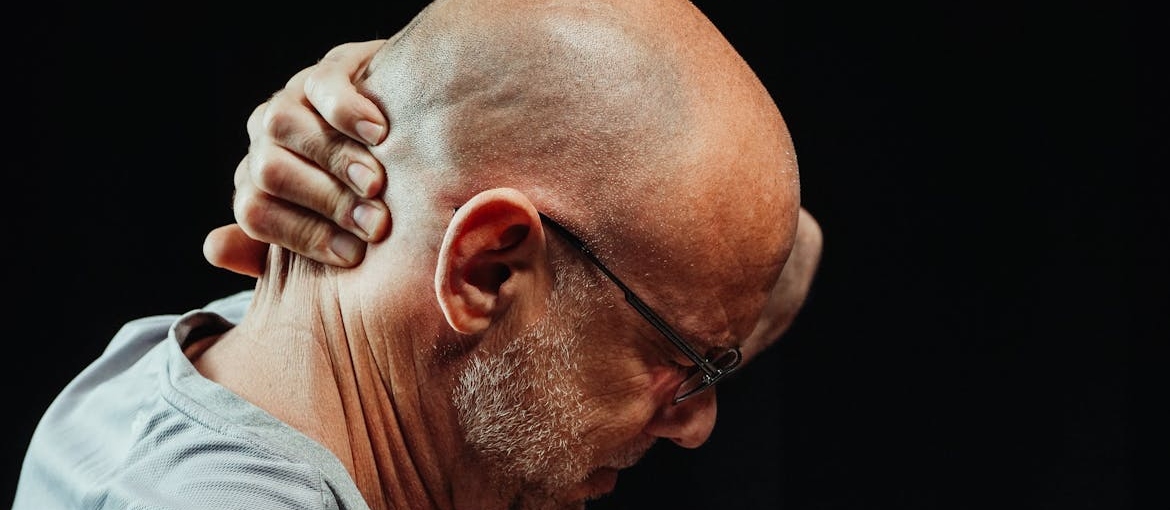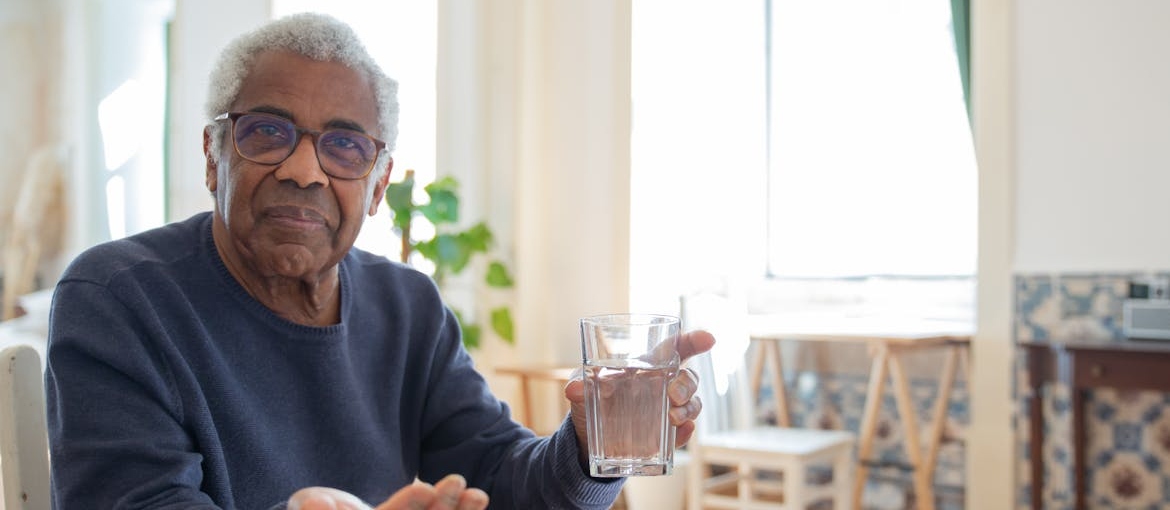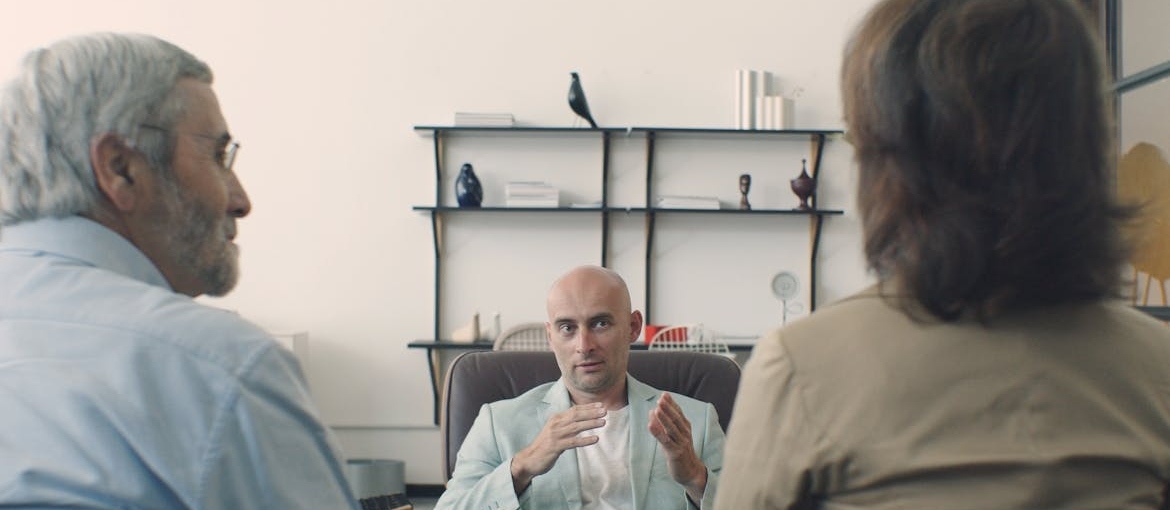Chronic pain wears you down. It makes daily life harder and can chip away at your mental health. For older adults, this often leads to another problem—addiction. The link between chronic pain and addiction in older adults is real but often missed. Doctors might not ask the right questions. Family members may not spot the signs. Many just assume it’s aging. That delay in noticing can make things worse. If you or someone you care about is hurting, you’re not alone. There is help out there, and recovery is possible. Drug and alcohol treatment centers in West Virginia now offer care that understands the needs of older adults. This article will help you see the signs, understand the risks, and learn what to do next. It’s not too late to get support.
Understanding Chronic Pain in Older Adults
Chronic pain affects millions of older adults and often leads to serious health problems, including addiction. The link between chronic pain and addiction in older adults isn’t talked about enough. Pain can wear people down, mentally and physically. It can change how they function each day. If it isn’t treated the right way, it can lead to opioid misuse or worse. Let’s look at the causes, effects, and common treatments used today.

Common Causes: Arthritis, Neuropathy, and More
Chronic pain doesn’t always come from one place. Many older adults live with multiple health conditions at once. Pain can come from joints, nerves, or injuries that never fully healed. When these conditions add up, daily life becomes harder. Pain relief becomes a focus—and sometimes a risk. Here are some of the most common causes of pain in aging adults:
- Osteoarthritis: Wear and tear on joints
- Neuropathy: Nerve damage from diabetes or injury
- Spinal stenosis: Pressure on the spinal cord
- Post-surgical pain: Long-term discomfort after operations
- Past injuries: Old fractures or trauma
- Inflammatory diseases: Like rheumatoid arthritis
- Cancer-related pain: From tumors or treatments
- Osteoporosis: Bone pain or fractures
How Pain Impacts Daily Life and Mental Health
Pain changes everything. It limits how much someone moves, sleeps, or even talks to others. Over time, it can lead to isolation or depression. Many stop doing what they enjoy. Some lose interest in food, hobbies, or time with friends. This drop in activity raises the risk of substance use. That’s why drug and alcohol addiction impact on older adults in West Virginia has grown.
Some start misusing medications to feel normal. Others take more than needed just to sleep or sit comfortably. If doctors miss these changes or don’t ask the right questions, it’s easy for the addiction to go unnoticed. And when family members chalk it up to aging, the person may suffer in silence. Treating pain means caring for both body and mind. Without that, addiction can take hold fast.

Pain Management Practices Used in Aging Populations
When treating pain in older adults, the goal should be relief without risk. Some treatments work well. Others come with more danger. Overprescribing medication can lead to opioid abuse among seniors, especially if no one’s watching closely. The best plans use a mix of strategies. Here are common methods used in drug rehab WV and other treatment settings:
- Physical therapy: Builds strength and reduces joint stress
- Heat and cold therapy: Eases inflammation and stiffness
- Low-impact exercise: Helps circulation and flexibility
- Non-opioid medications: Includes acetaminophen and topical creams
- Nerve blocks: Used for certain types of chronic pain
- Counseling: Addresses the mental toll of long-term pain
- Occupational therapy: Adapts activities to match ability
- Relaxation techniques: Like deep breathing or guided imagery
How Addiction Develops in the Presence of Chronic Pain
Pain that doesn’t go away can change how a person lives. It affects how they sleep, eat, and even how they think. When relief feels out of reach, some older adults take more medication than prescribed. Others add alcohol or mix drugs without meaning to cause harm. Over time, their body depends on those substances. That’s how addiction often starts.
Doctors may not notice the signs right away. Family might think the changes are just due to aging. But the problem grows in silence. The link between chronic pain and addiction in older adults is real. Asking, can chronic pain cause addiction in older adults, isn’t just a medical question—it’s personal. Programs like the partial hospitalization program West Virginia offers can treat both the physical and emotional sides of this issue at the same time.
Signs of Addiction That Are Easy to Miss
Addiction in older adults often goes unnoticed. Changes in behavior are sometimes blamed on age or health issues. But if you look closely, the signs are there. Knowing what to watch for can help you step in early. The link between chronic pain and addiction in older adults makes spotting these signs even more important. If any of this sounds familiar, don’t ignore it. Alcohol rehab centers in WV now treat older adults with care that fits their needs. If you’re worried about a loved one, here are a few things to look out for:
- Increased forgetfulness or confusion
- Running out of prescriptions too early
- Mood swings or sudden anger
- Sleeping too much or too little
- Withdrawing from family or friends
- Frequent visits to different doctors
- Hiding medications or lying about use

Effective Treatment Approaches for Older Adults
Treatment for older adults with addiction looks different than it does for younger people. Physical health, age-related changes, and social factors all play a part. The link between chronic pain and addiction in older adults often calls for a mix of therapies that address both the body and the mind. Below are three key treatment options for seniors with pain and addiction—ones that meet seniors where they are and help them recover safely.
Age-Appropriate Therapy and Support Groups
Addiction in elderly patients is often harder to spot, which makes targeted treatment even more important. Older adults benefit from therapy groups made for their age and needs. These spaces allow them to talk freely, without feeling judged by younger people. They may be dealing with grief, mobility issues, or long-term pain, and their recovery path should reflect that.
Many centers now offer rehab for seniors, which includes therapists trained in age-related mental health issues and physical concerns. Sessions often focus on loss, loneliness, and the stress that comes with aging. These issues can make chronic pain feel worse and trigger medication overuse. Sharing with peers in similar situations can reduce shame and build trust. That support matters. It can make the difference between staying stuck and moving toward recovery.
Integrated Care for Pain and Addiction
You can’t treat one problem and ignore the other. For older adults and prescription drug misuse, pain is often the starting point. But the treatment plan has to include both medical and behavioral care. This is where medication assisted treatment West Virginia programs help. They use safe medications like buprenorphine or naltrexone to ease withdrawal while also helping with chronic pain.
Doctors and therapists work together to monitor progress. Pain levels, mood changes, sleep patterns—everything gets tracked. That’s how chronic pain and substance use in seniors can be managed together. Physical therapy, mental health support, and peer check-ins are often part of the same plan. This approach works best when everyone is in sync. It helps the person heal without losing control of their pain or relying on dangerous medications.

Importance of Family Involvement in Recovery
Family support can make recovery feel less overwhelming. When older adults face addiction, they often feel alone or misunderstood. That’s where you come in. Your role isn’t to fix everything—it’s to stay involved in a way that builds trust and keeps communication open. Here’s how you can actively support a loved one through recovery, especially when chronic pain and addiction are both in the picture:
- Encouraging treatment: Support from loved ones makes people more likely to accept help.
- Attending sessions: Being present in therapy helps everyone stay on the same page.
- Building routines: Loved ones can help with healthy daily structure.
- Learning the signs: Family should know the warning signs of opioid dependence in seniors.
- Managing medications: Help track doses to reduce the risk of misuse.
- Emotional support: Just being there lowers feelings of shame or isolation.
- Asking questions: Families can speak up about gaps in care or confusing treatment steps.
Promising Therapies and Alternatives to Medication
Medication is not the only answer. There are other ways to ease pain and lower the risk of addiction. Therapy, movement, and emotional care can all help older adults feel better. These options give relief without the downsides of strong drugs. Talking with a counselor helps many older adults deal with stress and loss. Light exercise and physical therapy often improve mobility and reduce discomfort. Even short walks or gentle stretching can make a difference. Massage, heat therapy, and relaxation techniques may ease pain too.
If someone already struggles with substance use, they need support that fits their age and health. That’s why mental health support and addiction treatment for aging adults is so important. These services offer real answers. And they help explain how pain can be safely managed in elderly patients without risking addiction.

Prevention and Early Intervention
Stopping a problem before it starts is always better than treating it later. That’s especially true when it comes to the link between chronic pain and addiction in older adults. Once a senior becomes dependent on medication, it’s harder to change course. Prevention isn’t just about avoiding opioids. It also means paying attention to mood, sleep, behavior, and stress levels. These two steps—safe prescribing and regular mental health check-ins—can help protect the people you care about.
Safe Prescribing Practices for Seniors
Many older adults take multiple medications at once. Without careful review, that can be risky. Some drugs interact badly. Others become addictive over time. A good prescribing plan lowers these risks. It also helps with managing pain without addiction risk in the elderly. Look for doctors who take the time to explain every option. Below are key ways pain can be safely managed in older patients:
- Start low and go slow: Use the lowest effective dose
- Reevaluate often: Review the plan at each visit
- Avoid long-term opioids: Use only for short periods
- Use non-drug options first: Try therapy or exercise
- Watch for side effects: Adjust if problems show up
- Avoid drug stacking: Be cautious when adding new medications
- Educate families: Teach what signs to watch for
- Limit refills: Keep control over ongoing use
Regular Mental Health Check-ins
Mental health plays a big role in pain management. When older adults feel anxious, depressed, or isolated, they’re more likely to misuse medication. That’s part of how chronic pain leads to addiction in older adults. Checking in regularly doesn’t require a formal diagnosis. It just means asking the right questions. Has their mood changed? Are they sleeping too much or not at all? Are they less social than usual?

These small changes can be early signs of something bigger. Many seniors avoid talking about how they feel emotionally. They might think it’s just part of getting older. But the risks are real. Why are seniors at risk for prescription drug misuse? Because these signs are easy to miss. A quick conversation with a doctor or therapist can make a big difference. Early care stops bigger problems later.
What You Do Next Could Make All the Difference
The link between chronic pain and addiction in older adults is real, but often ignored. Many families don’t see the signs until things get worse. You don’t have to wait for that to happen. If something feels off, speak up. Ask questions. Talk to doctors. Support your loved one without judgment. There are programs built for seniors. There are treatments that manage pain without leading to more problems. Help is out there—you just need to take the first step.



